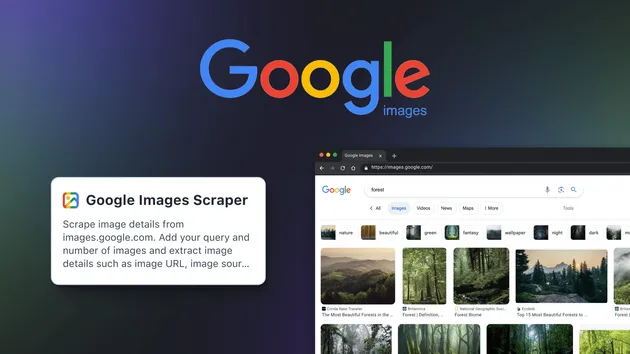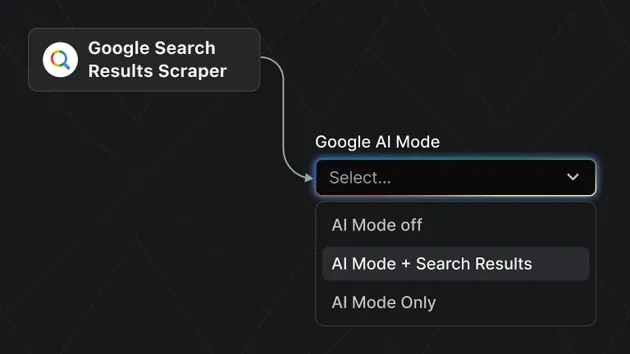Google-LLM Image Search Scraper
Pricing
$0.05 / ai media search completed
Google-LLM Image Search Scraper
Just describe what you need—our AI interprets your prompt and searches from every angle to surface the most relevant, non-AI-generated visuals. Perfect for everyone who need trustworthy, real imagery fast. With multi-perspective analysis,find up to 4x more relevant results than basic image searches.
Pricing
$0.05 / ai media search completed
Rating
4.6
(2)
Developer

Programming with Jack Chew
Actor stats
3
Bookmarked
67
Total users
10
Monthly active users
2 months ago
Last modified
Categories
Share




